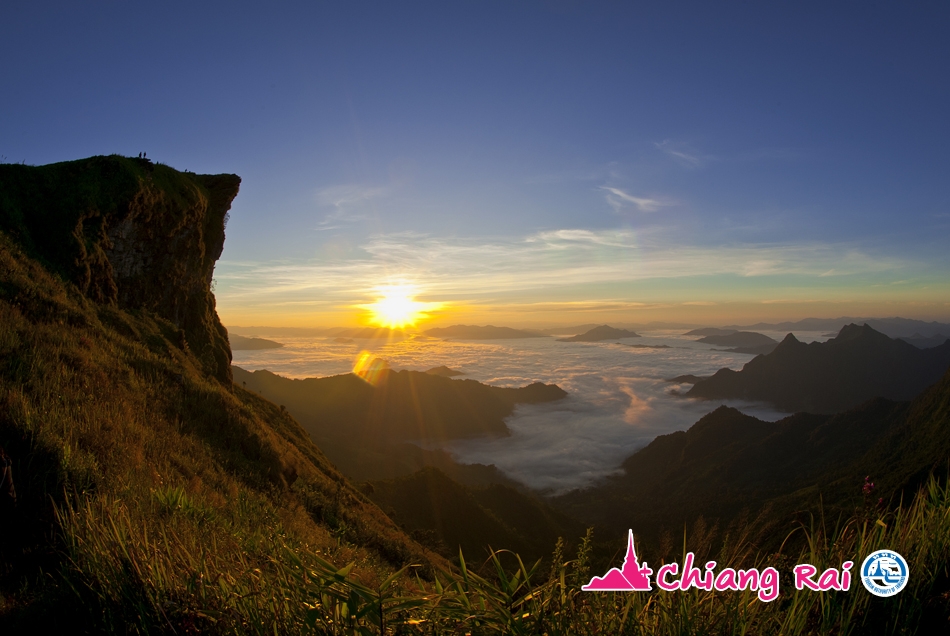
Chiang Rai Province is located in the northernmost of Thailand. It is a mountainous region with rivers and jungles, so there is a lot of beautiful nature surrounding the area. The north of Chiang Rai borders Myanmar, the east borders Laos, and the west borders Chiang Mai Province.
Chiang Rai population consists of people of various ethnic backgrounds, including those from hill tribes and Chinese lineage. This factors into Chiang Tai’s unique traditions and makes the city an excellent and different location for tourists to experience.
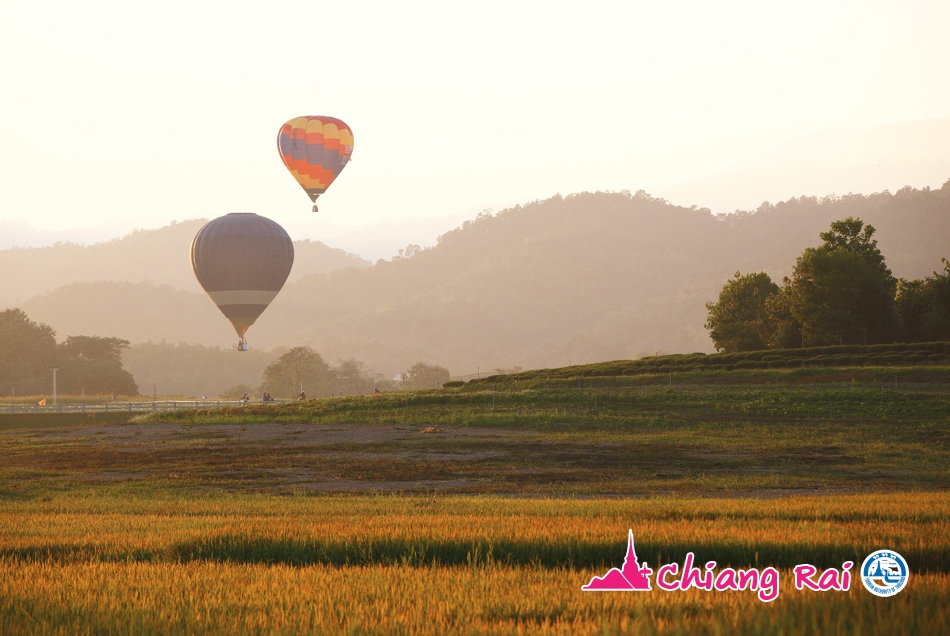
In Singha Park Chiang Rai, there are over 600 rai of agricultural and tea plantations with many kinds of fruits, such as monkey apples, star apples, strawberries, tomatoes, lychee, longan, mangoes and santol; plants such as oolong tea, lemon lime and mulberry; grains, such as barley and rice, and vegetables, such as broccoli and shiitake mushrooms. In addition, there are livestock farms, dairy farms, and integrated farms as well as flower gardens for visitors to enjoy and snap some photos.
The admission is 50 baht for adults and free for children 4 years and younger. A tour takes approximately 45-50 minutes. The first morning tour begins at 9:30 a.m. The first afternoon tour begins at 12:30 p.m. and the last tour starts at 5:00 p.m. The farm tour is available in winter from November to February and unavailable between March and October, while Phu Phi Rom Restaurant is open year round.
For more information: Tel. 0 5373 7359-11
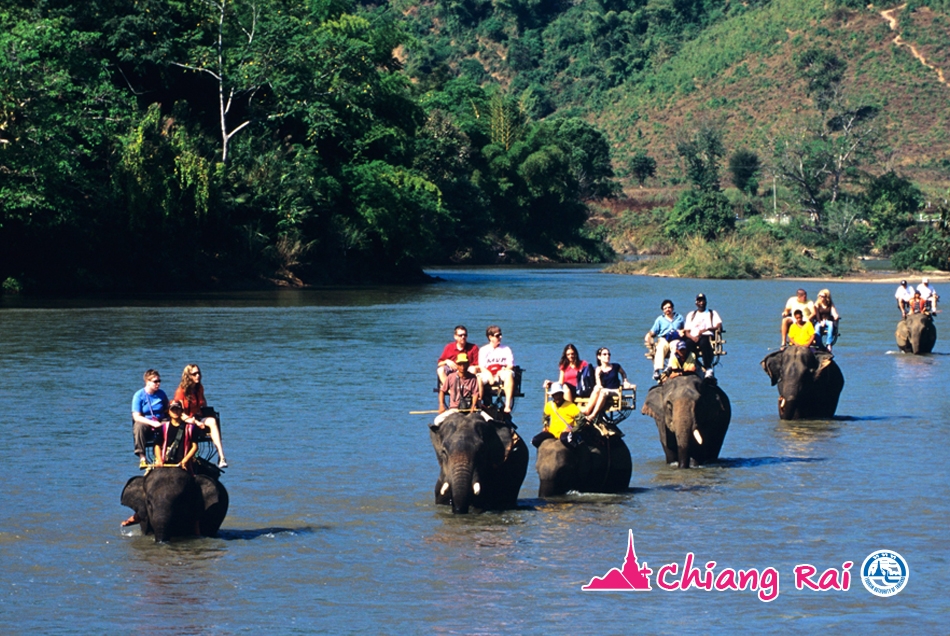
Besides the Karen people, there are also the Akha hill tribe village and the Lahu hill tribe village located nearby. The Karen hill tribe village is where visitors can enjoy a village tour on an elephant’s back.
Highly recommended activities:
1. Riding an elephant, riding an oxcart, experiencing the hill tribe way of life, enjoying landscapes and a variety of plants, and riding an elephant to Huai Mae Sai Waterfall
2. Visiting tribal souvenir shops
3. Spending the night in the homestay village
Getting there
- By private car
From the King Mengrai the Great five-way junction, head towards Amphoe Mae Chan, cross the bridge over Kok River, and turn left towards Tambon Mae Yao. Continue straight for 7 kilometers and turn left at the three-way junction. Then, follow the sign to the Karen Ruammit Village.
- By public transport
Get on the red Chiang Rai—Mae Yao bus or hire a minibus from around the Municipal Market.
- By long-tailed boat
To sail in Lam Nam Kok, get on the long-tailed boat at the neck of Mae Fah Luang Bridge.
Contact Mae Yao Sub-district Administrative Organization: Tel. 0 5373 7359-11
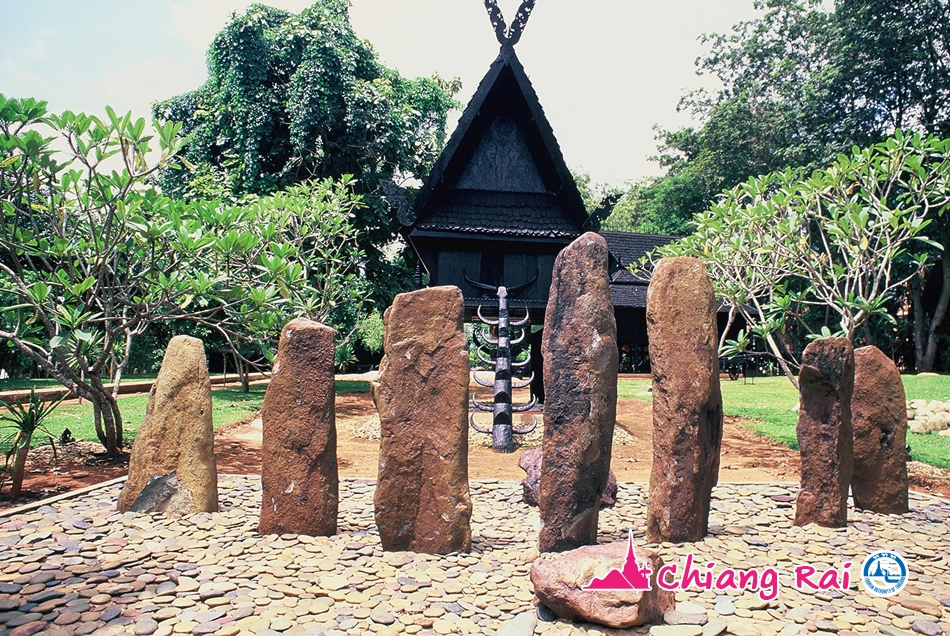
Baan Dam Museum was built by National Artist Thawan Duchanee, who is well-known for his painting and sculpting. During his lifetime, he created a number of painting and sculptures. All Lanna-style houses in this museum village are painted black since black is Thawan Duchanee’s favorite color, and this is where the name “Baan Dam” comes from (dam being the Thai word for black). Inside the houses, there are many excellent wooden sculptures. In addition to the wooden sculptures, the houses are decorated with animal horns, such as buffalo horns and antlers, and bones of animals such as elephants.
For more information: Tel. 0 5377 6333
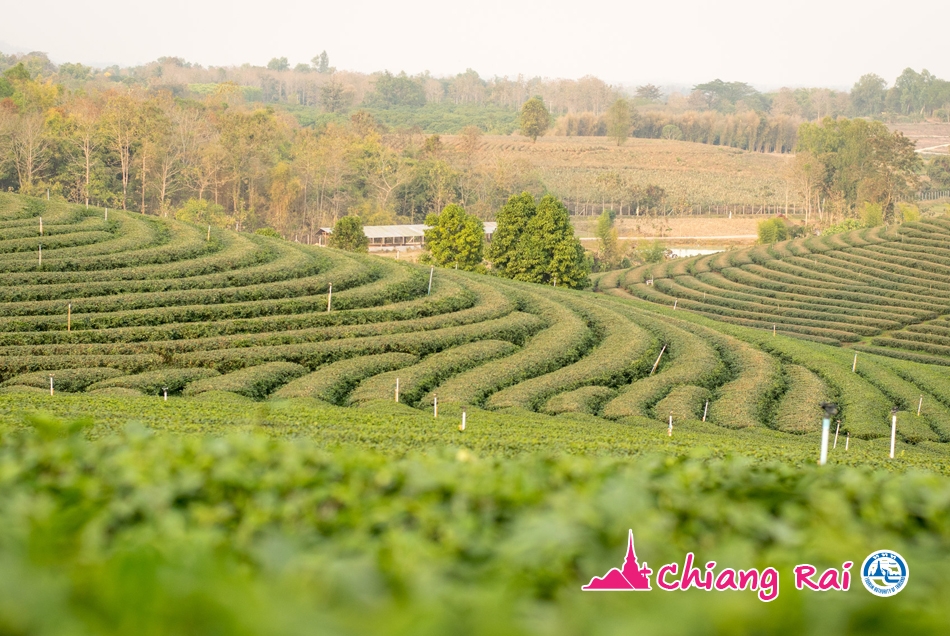
This high-quality tea plantation belongs to Choui Fong Tea Company Limited, the largest tea leaf producer in Chiang Rai with over 40 years of experience in tea plantations. Nowadays, the company produces, distributes, and exports tea leaves, and the main target customers are industrial users, such as Oishi, Unif, and Lipton. The extensive view of over a thousand rai of tea plantations with distinctive rows of tea bushes makes this tea plantation uniquely beautiful.
For more information: Tel. 0 5377 1563
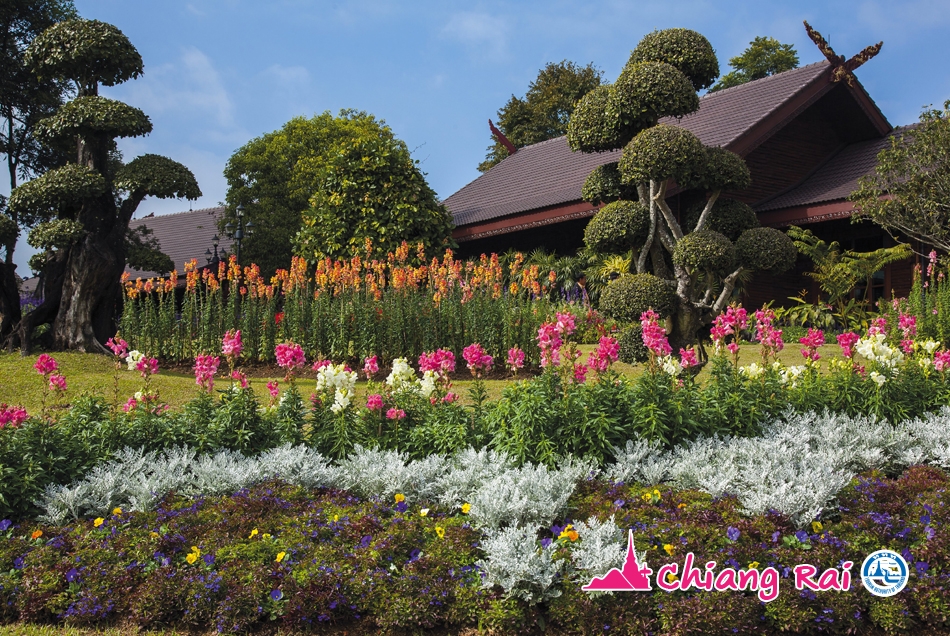
Doi Tung Royal Villa was built with Her late Royal Highness Princess Srinagarindra’s private funds. The exterior of the villa is constructed of concrete and embellished with wood slabs cut from irregularly small teak trees in the Forest Industry Organization’s forestry plantations. Other teak trees of appropriate size are kept so that they can continue to grow and later be used to maximum benefit. As for the interior, the walls are lined with pine wood cut from large crates, while the floor is made of golden teak wood from the Forest Industry Organization. The construction of this villa is an excellent example of how to utilize natural resources wisely to make the most out of them. The upper floor is divided into four sections.
Opening Hours
Hall of Inspiration 8:00 a.m. – 5:00 p.m.
Doi Tung Royal Villa 7:00 a.m. – 5:30 p.m.
Closed 12:00 – 12:30
Mae Fah Luang Garden 6:30 a.m. – 6:00 p.m.
Doi Chang Mub Arboretum 8:00 a.m. – 5:00 p.m.
For more information: Tel. 09 0107 3145